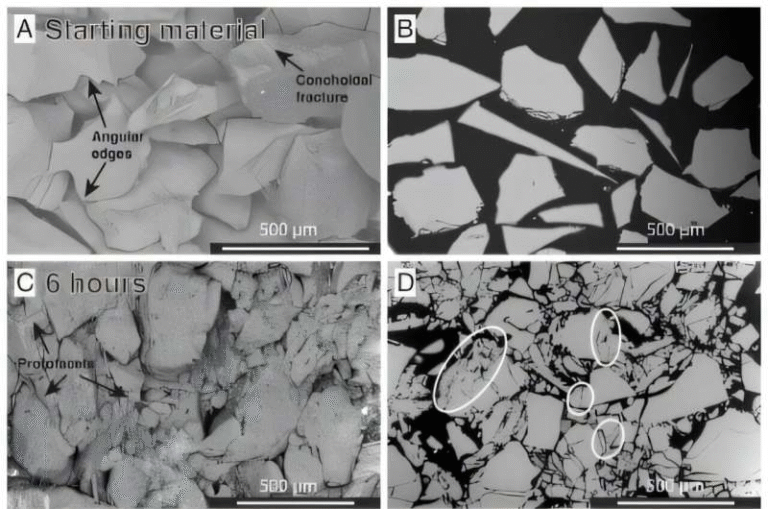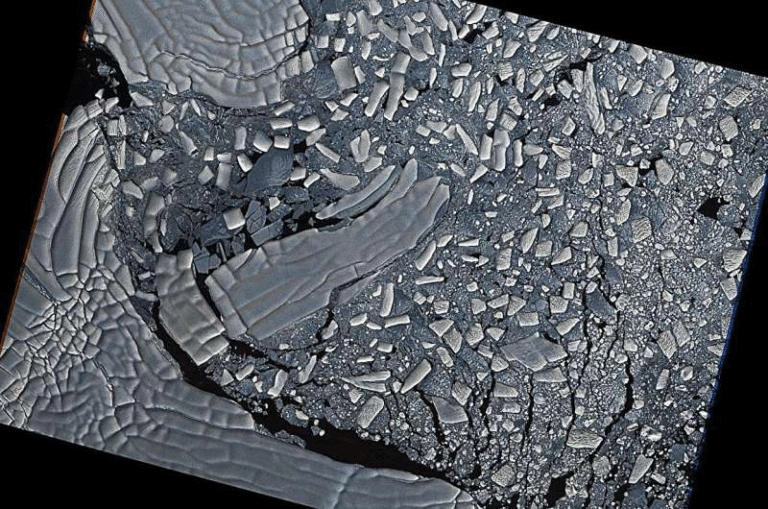Two Small Earthquakes Rattle Marion North Carolina Hours Apart Leaving Experts Curious About the Ancient Faults Beneath

Residents in the quiet mountain community of Marion, North Carolina, experienced a rare double shake when two small earthquakes struck just hours apart on October 24, 2025. Both quakes were confirmed by the U.S. Geological Survey (USGS), drawing attention to the area’s long-quiet but geologically fascinating landscape.
The first earthquake, registering a magnitude of 2.2, occurred around 1:20 a.m., waking some locals who reported light vibrations. About five hours later, at 6:35 a.m., a second quake measuring 2.1 was recorded in nearly the same area—about two miles north-northwest of Marion, located in McDowell County. While these magnitudes are considered minor, several residents reported feeling the tremors, some as far as 48 miles away in Taylorsville.
According to USGS data, both quakes were shallow, with depths ranging between 3 km and 9.8 km beneath the surface. No damage or injuries were reported, but the sensation was strong enough to catch people’s attention early in the morning. Most witnesses described the shaking as similar to the vibration of a passing truck, which aligns with what geologists classify as Category III intensity—noticeable but harmless.
Local news outlets, including WBTV, WLOS, and The Charlotte Observer, quickly confirmed the tremors, emphasizing that earthquakes in this part of western North Carolina are rare but not completely unexpected.
The Science Behind the Shakes
So, what exactly happened under Marion’s feet?
The Appalachian Mountains—where Marion lies—are among the oldest mountain ranges on Earth, shaped by ancient tectonic collisions hundreds of millions of years ago. These collisions crumpled and faulted the crust, leaving behind a patchwork of old, inactive faults that still run deep below the surface.
According to researchers at the Center for Earthquake Research and Information at the University of Memphis, the region remains under compression, meaning that slow, constant geological pressure occasionally causes minor slips along these ancient fault lines. Those slips are what we experience as small earthquakes today.
Even though the faults are considered “inactive,” they aren’t completely locked. Over time, stress builds up, and when it’s released—even slightly—it sends seismic waves through the crust. The result? A brief rumble that reminds everyone that the Earth beneath them is still very much alive.
Why Small Quakes Can Still Be Felt
One of the most interesting aspects of the Marion quakes is that such low-magnitude events—a 2.1 and 2.2—were felt at all. Typically, earthquakes below 2.5 aren’t felt by humans unless conditions amplify the shaking.
The USGS explains that soil type plays a big role. Soft, loose soil tends to vibrate more intensely than solid bedrock. This is why areas even dozens of miles away sometimes feel a light tremor when the ground conditions are right. In contrast, someone standing on solid granite may not notice anything at all.
It’s also worth noting that Appalachian rock layers are dense and old, which helps seismic energy travel farther without dissipating quickly. That’s one reason people in distant towns like Taylorsville might have felt a light jolt from such a small event.
A Rare Event for Marion
A look through the USGS earthquake database shows that Marion has had no recorded earthquakes in the past 25 years. The last significant activity near the region was too small to make the news. For locals, this double-quake event was a surprise and a topic of early-morning chatter.
Despite its rarity, experts caution that small quakes like these are nothing to worry about. They’re natural stress releases, not warning signs of something bigger. The eastern United States lacks the active plate boundaries that cause major quakes in regions like California, Japan, or Chile.
However, scientists do continue to monitor intraplate earthquakes—those that occur far from active boundaries—because they help us understand the complex and ancient structure of the continent. Events like the Marion tremors serve as gentle reminders that North America’s crust is still adjusting, even after hundreds of millions of years.
Understanding Earthquakes in the Southeastern U.S.
The southeastern United States may seem stable, but it’s no stranger to small seismic activity. States like Tennessee, Georgia, South Carolina, and North Carolina occasionally experience mild quakes.
One notable region is the Eastern Tennessee Seismic Zone, stretching from northeastern Alabama through Tennessee into southwestern Virginia. It’s one of the most active seismic zones in the eastern U.S., though most of its earthquakes are small, typically between magnitude 2 and 4.
North Carolina’s western mountain region lies on the edge of this zone, which explains the occasional rumble. Historically, the largest earthquake ever recorded in North Carolina was a 5.1-magnitude quake that struck near Sparta in August 2020, shaking homes and cracking walls across several counties. Compared to that, the Marion quakes were tiny—but still fascinating from a geological perspective.
The Role of Ancient Faults
The Blue Ridge Mountains that cradle Marion are the eroded remains of ancient mountain-building events known as orogenies, where continents collided during the formation of the supercontinent Pangaea. These collisions left behind deep fractures and fault zones.
Over millions of years, erosion wore down the mountains, but the underlying fault lines remained. Today, these faults are mostly dormant but can occasionally slip when stress redistributes in the crust.
The University of Memphis explains that the region is “under compression,” meaning the land is being gently squeezed from the east and west. When that pressure exceeds the strength of a small segment of rock, it breaks or shifts slightly—producing a tiny earthquake.
What Residents Experienced
While no structural damage or injuries were reported, residents near Marion described brief but noticeable shaking, sometimes accompanied by rattling windows or objects. Some said it felt like a heavy vehicle rolling past their homes.
The intensity measured by local observers aligns with Category III on the Modified Mercalli Intensity Scale, which means the motion is easily recognizable indoors but doesn’t cause any harm.
For many, the experience was their first time feeling an earthquake, a reminder that even in the heart of Appalachia, the ground isn’t perfectly still.
Why It Matters
Though minor, such earthquakes have scientific value. They help researchers fine-tune seismic models and improve understanding of how ancient faults behave under modern stress conditions. Every quake, no matter how small, adds a bit more data to the geological puzzle.
For residents, it’s also a gentle nudge toward earthquake awareness. Even small tremors show why basic preparedness—like securing heavy shelves, knowing safe spots in your home, and understanding how to respond during shaking—makes sense anywhere in the country.
A Calm but Moving Landscape
In the grand scheme, the Marion quakes are a geological whisper rather than a shout. They didn’t damage property or spark fear, but they did spark curiosity—about how the Earth’s oldest mountains still stir beneath our feet.
North Carolina’s mountains may seem immovable, but every so often, they give a subtle reminder of their deep and restless past.
Research Reference: U.S. Geological Survey Event Page – Earthquake near Marion, North Carolina, October 24, 2025





